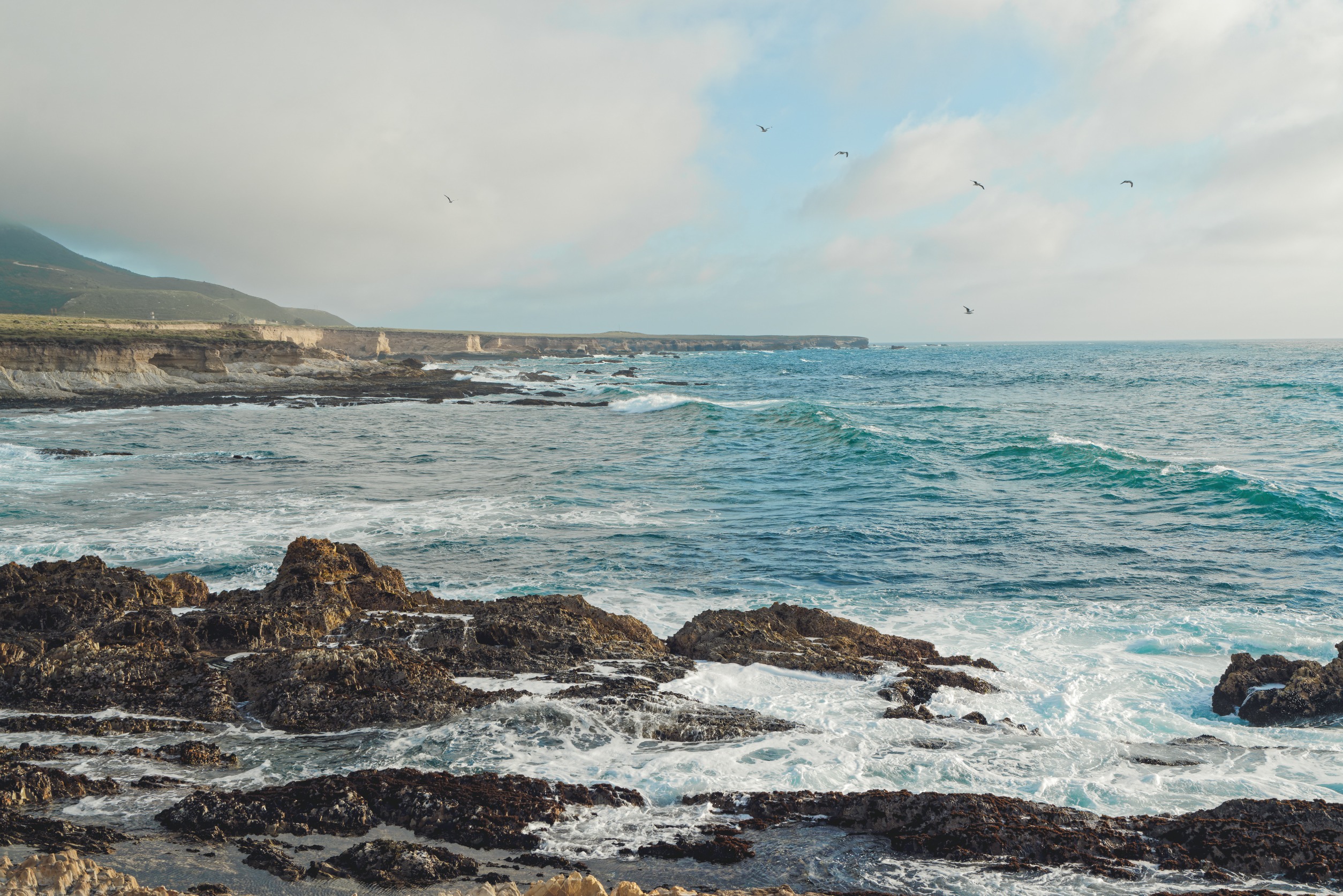BY THE OPTIMIST DAILY EDITORIAL TEAM
The proposal for the Chumash Heritage National Marine Sanctuary marks a big step in protecting California’s coastline. This sanctuary, which spans more than 116 miles of the state’s central coast, will become the third largest of its kind in the United States, and it will be California’s first national marine sanctuary designation in more than three decades.
The process just reached a major milestone with the release of the Final Environmental Impact Statement (FEIS), which details the proposed sanctuary’s environmental, economic, and social implications. The National Oceanic and Atmospheric Administration (NOAA) intends to establish the sanctuary, which will include 4,543 square miles of offshore and coastal seas along California’s picturesque coastline.
A victory for Chumash people and conservationists
“This is a huge moment for the Chumash People and all who have tirelessly supported our campaign over the years,” said Violet Sage Walker, Northern Chumash Tribal Council chairperson. Her father, the late Chief Fred Collins, spearheaded the effort to safeguard these waters four decades ago. “We have been so proud to continue his work,” Walker concluded. The Chumash Heritage Sanctuary will showcase the region’s cultural and historical value while also ensuring its conservation for future generations.
The sanctuary acknowledges the Chumash people’s strong connection to these waters. It will be the first national marine sanctuary proposed by Indigenous peoples in the United States, marking a watershed moment for Indigenous communities nationwide. “Efforts to make the Chumash Heritage National Marine Sanctuary the first Indigenous-focused sanctuary nomination have spanned many years,” said Brenda Mallory, the White House Council on Environmental Quality chair.
Protecting ecosystems and promoting clean energy
The sanctuary will protect various marine ecosystems, such as kelp forests, rocky reefs, sandy beaches, and underwater mountains. These locations are home to a diverse range of marine life and significant cultural relics, including over 200 documented shipwrecks. The sanctuary will use a community- and ecosystem-based management approach to safeguard the long-term survival of these vital resources.
Importantly, the sanctuary’s limits will not interfere with planned offshore wind energy projects or transmission cables, ensuring that California’s push for renewable energy continues while protecting the environment. The Biden-Harris Administration’s America the Beautiful campaign, which aims to preserve 30 percent of the country’s lands and waters by 2030, lends assistance to these local conservation activities.
“By respecting and supporting tribal leadership and stewardship, we are bringing California one step closer to meeting our aggressive clean energy goals while protecting biodiversity,” the state’s governor, Gavin Newsom, said. The sanctuary will play an important role in balancing conservation and the demand for sustainable energy development.
A cultural and environmental milestone
The Chumash Heritage National Marine Sanctuary is not just a success for environmental protection, but also a crucial step toward preserving the Chumash people’s cultural and historical ties. According to Kenneth Kahn, chairperson of the Santa Ynez Band of Chumash Indians, “the Chumash people take great strides in restoring our connection to our maritime history.” The sanctuary will incorporate Indigenous knowledge and traditions into its stewardship through active tribal participation in management choices.
The Biden-Harris administration prioritizes Indigenous co-stewardship in natural resource management. Vice President Kamala Harris, who supported the sanctuary proposal during her time as a U.S. Senator, highlighted its broader impact: “As a Senator, I was proud to support efforts to create the Chumash Heritage National Marine Sanctuary off California’s coast to honor our commitments to Indigenous communities and promote natural spaces.”
The Chumash Heritage National Marine Sanctuary designation is expected to be finalized 30 days after the FEIS is published. Once granted, the sanctuary will not only safeguard marine habitats but also benefit local economies that rely on sustainable fishing, tourism, and conservation initiatives.
“Urban district heating projects that utilize climate-neutral technologies are essential for advancing global efforts to reduce carbon emissions,” noted Uwe Lauber, CEO of MAN Energy Solutions. The project’s approval will provide much-needed stability and long-term conservation plans for the region’s waterways, ensuring that the natural beauty of California’s coastline may be enjoyed by future generations.











